Week in Training: How Tom Bell prepared for the National Hill-Climb Champs
The reigning champion talks us through his final week of training ahead of the main event
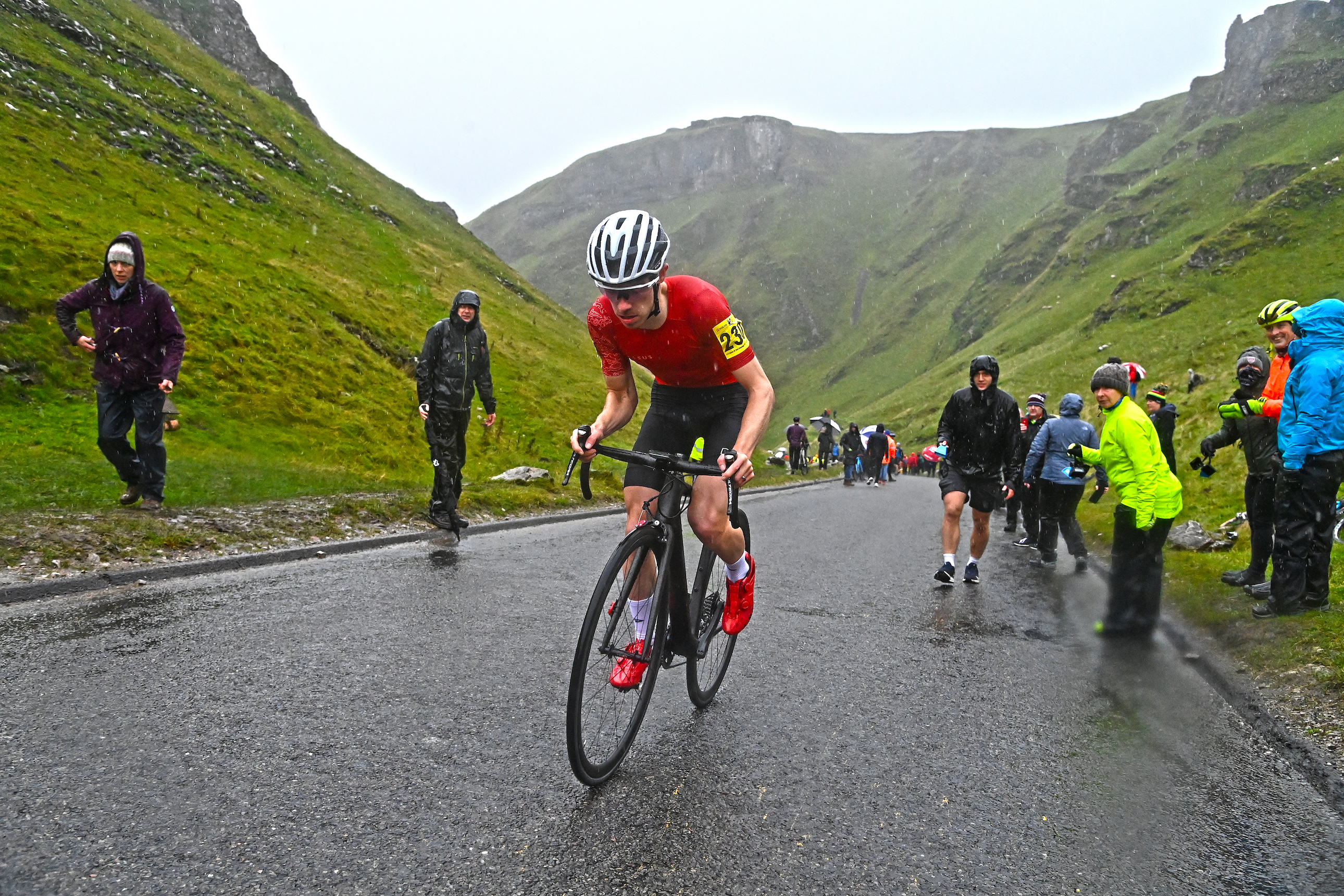
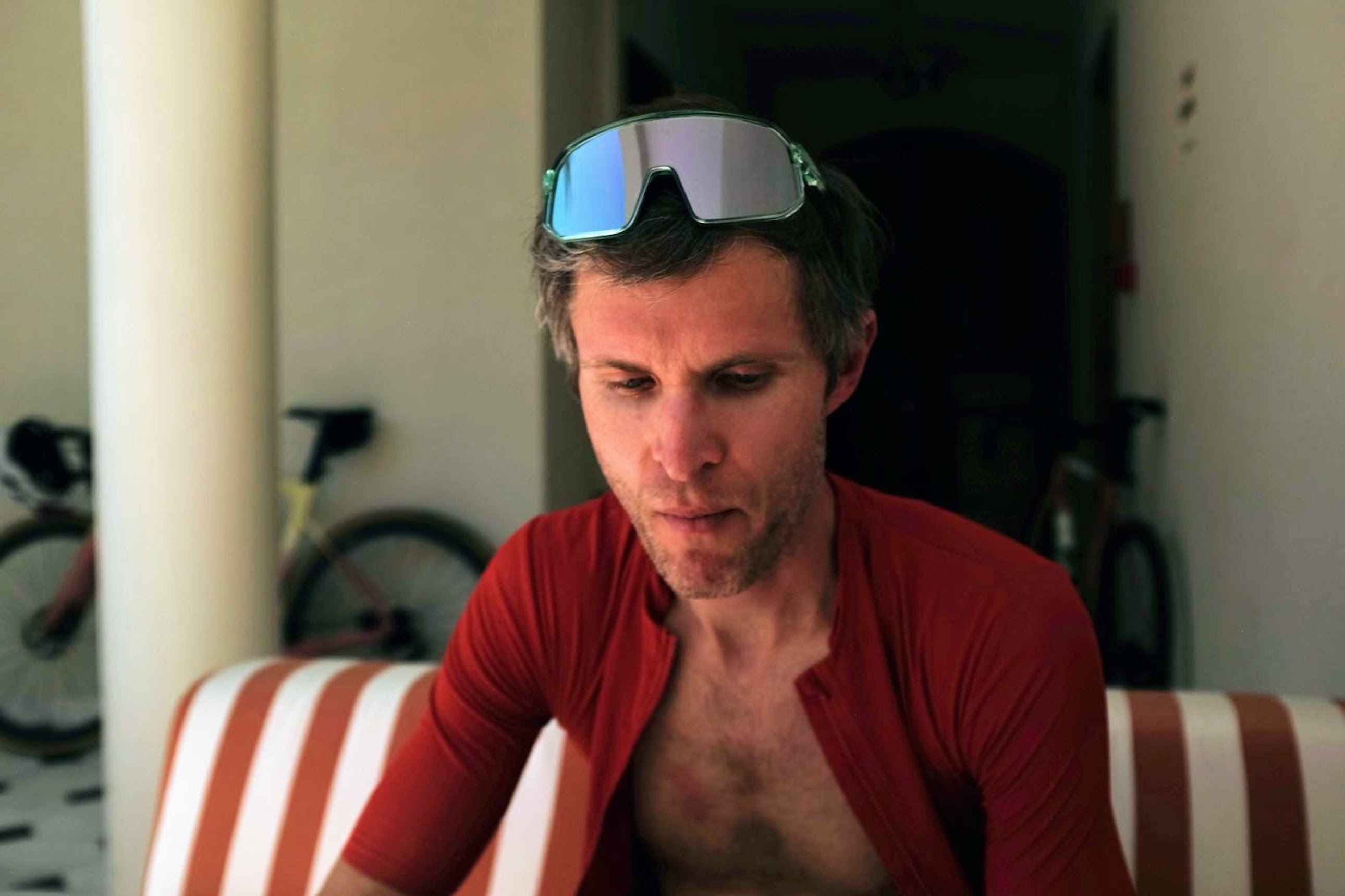
Want to know how the best riders in the world train? For each article in this long-running MY WEEK IN TRAINING series from Cycling Weekly's print edition, we sit down with an elite rider who talks us through a recent week of training in granular detail. This month's subject is reigning national hill climb champion Tom Bell...
Former mtb marathon national champion Tom Bell turned his attention to hillclimbing in 2020 and has since become a force to be reckoned with in the discipline. The 31-year-old is a full-time performance consultant, working alongside his wife Dr Emma Wilkins as High North Performance. Having finished second in the National Championships in 2020, Bell upped the ante for this year’s event on Winnats Pass. Here, he tells us how he made his final preparations in the week of the race.
How did you get started in cycling?
I rode mountain bikes non-competitively for a long time, since childhood, and did some lower-level events while at secondary school. When I went to [Leeds] university, I started to take it more seriously, competing for the university team.
When did you start to specialise in hill-climbs?
I did my first hill-climb while at university, a student championship, and was aware, being a lighter-weight rider, that I was good on the hills. I raced hillclimbs sporadically from then on; in 2015 I was fifth in the Nationals but without having trained specifically for it.
Has your expertise as a performance consultant helped you in your own training?
Get The Leadout Newsletter
The latest race content, interviews, features, reviews and expert buying guides, direct to your inbox!
Yes, I think it’s helped me understand which physical traits matter most in hill-climbing, and how to assess my own physiology through lab testing, as well as which sessions are appropriate for particular courses.
The three-minute effort up Winnats Pass presumably required an emphasis on VO2max?
Yes, VO2max or aerobic capacity is the main driver. I have a naturally high VO2max [just over 90mL/kg/min], while being limited in other areas such as economy.
Body weight must be a very important factor too?
For race day, I got down from 57kg to 55kg. This was the first year I’d really focused on weight, and I think it was an important element. You do have to be cautious while reducing weight, making sure you’re feeling OK and ensuring your power to weight ratio is still going up.
Profile: Tom Bell
Age: 31
Height: 5ft 7in
FTP: 330W / 5.9W/kg
Lives: Harrogate, North Yorkshire
Rides for: High North Performance
Best results: 1st – British National Hill-Climb Championships, 2021
1st – MTB Marathon National Championships, 2017
Instagram: tombellco
What’s the most common mistake cyclists make in their training?
Trying to use high intensity as a shortcut to success. You need sufficient low-intensity volume, year after year, as the base on which to build. You’re training to train as opposed to training to race.
Will you continue to combine mtb and hill-climb racing?
I think so. I haven’t done much mtb racing since the first lockdown. I will really focus on the hill-climb season in 2022 – I’m seeing myself as a hill-climber first
The week
Monday: Indoor ride - 1hr
Today I did a one-hour indoor ride, just because of inclement weather. Ideally I’d have been outside rather than on the Wattbike on Zwift; I just didn’t want to risk getting cold or crashing. It was a steady pace in the 200-210W range. I included a few short efforts of one minute to 90 seconds at just above threshold, just to prevent any feelings of lethargy.
Tuesday: Long steady ride - 3hr
This goes against conventional tapering wisdom, but I did a three-hour steady ride in the countryside around Harrogate and Ripon. There was no intensity above around 200W. There was a strong psychological element behind this ride: I find that, in a race week, doing something a lot longer than the race gives me a boost – it feels good and also gives me extra confidence in my endurance.
Wednesday: Course recce ride - 1h 40min
This was a recce of Winnats Pass. We rode over there, about an hour and a half – I was with an athlete I coach who was also going to be racing on Sunday – and then did a race preparation effort on the climb. This was a full race effort at 472W. There was a strong headwind, so this ended up being 20 seconds slower than my race time on Sunday.
Thursday: Steady ride - 1h 20min
Thursday was another easy spin. When I say ‘easy’, none of the sessions this week were at recovery pace. This was one hour 20 minutes at around 200W again – keeping the training rhythm going but without inducing fatigue. In the week leading up to a race, I need to feel like I’m in the groove. I included a few short bursts of one to two minutes at above threshold.
Friday: Tyre test ride - 1h 30min
This was an hour and a half, again at a steady pace for most of the ride with some supramaximal bursts. I’d put a wet-weather-specific tyre on the rear, as the forecast for the race was pretty bad. I wanted to avoid wheel slip on the steeper sections of Winnats. I drove down the road to a local steep climb with a damp surface and did a test run comparing my regular lightweight tubular tyres to wet-weather tyres. For the race, I chose a Pirelli P-Zero 4S.
Facts and figures
The week: 25-31 October 2021
Location: Harrogate, North Yorkshire
Training for: British National Hill-Climb Championships (31 October)
Total riding: 10hr 30min
Zone 3+ effort: 32min
Saturday: Steady ride with pre-race-day efforts - 1h 20min
This was one hour,20 minutes including a six-minute effort with three minutes at above threshold, followed by three minutes at just below threshold. This is to encourage the body to shuttle lactate and use it as fuel. This gets the body ready for a hard effort the next day.
Sunday: Race day, National Hill-Climb Championships - 40min
I got to Winnats really early at 7am and rode up the climb to test the Pirelli tyre. It was already raining, so I did a slightly shorter warm-up than usual: mostly steady riding with a three-minute effort at above threshold to prime the oxygen uptake kinetics. In the race I felt really good, launching at 500-550W for the first 10 seconds, then very quickly dropping to the target race power of 475-480W. The crowds were so voluminous I couldn’t see my markers! I was happy with my winning time [3:01], which was seven seconds faster than Andrew Feather in second – both of us broke the old course record.

Thank you for reading 20 articles this month* Join now for unlimited access
Enjoy your first month for just £1 / $1 / €1
*Read 5 free articles per month without a subscription

Join now for unlimited access
Try first month for just £1 / $1 / €1

David Bradford is features editor of Cycling Weekly (print edition). He has been writing and editing professionally for more than 15 years, and has published work in national newspapers and magazines including the Independent, the Guardian, the Times, the Irish Times, Vice.com and Runner’s World. Alongside his love of cycling, David is a long-distance runner with a marathon PB of two hours 28 minutes. Having been diagnosed with retinitis pigmentosa (RP) in 2006, he also writes about sight loss and hosts the podcast Ways of Not Seeing.
-
 'It took everything' - Puck Pieterse outclimbs Demi Vollering to win La Flèche Wallonne
'It took everything' - Puck Pieterse outclimbs Demi Vollering to win La Flèche WallonneDutch 22-year-old shows Classics pedigree with first one-day victory
By Tom Davidson
-
 Tadej Pogačar flies to dominant victory at La Flèche Wallonne
Tadej Pogačar flies to dominant victory at La Flèche WallonneSlovenian takes second win at Belgian classic ahead of Kévin Vauquelin and Tom Pidcock
By Tom Thewlis
-
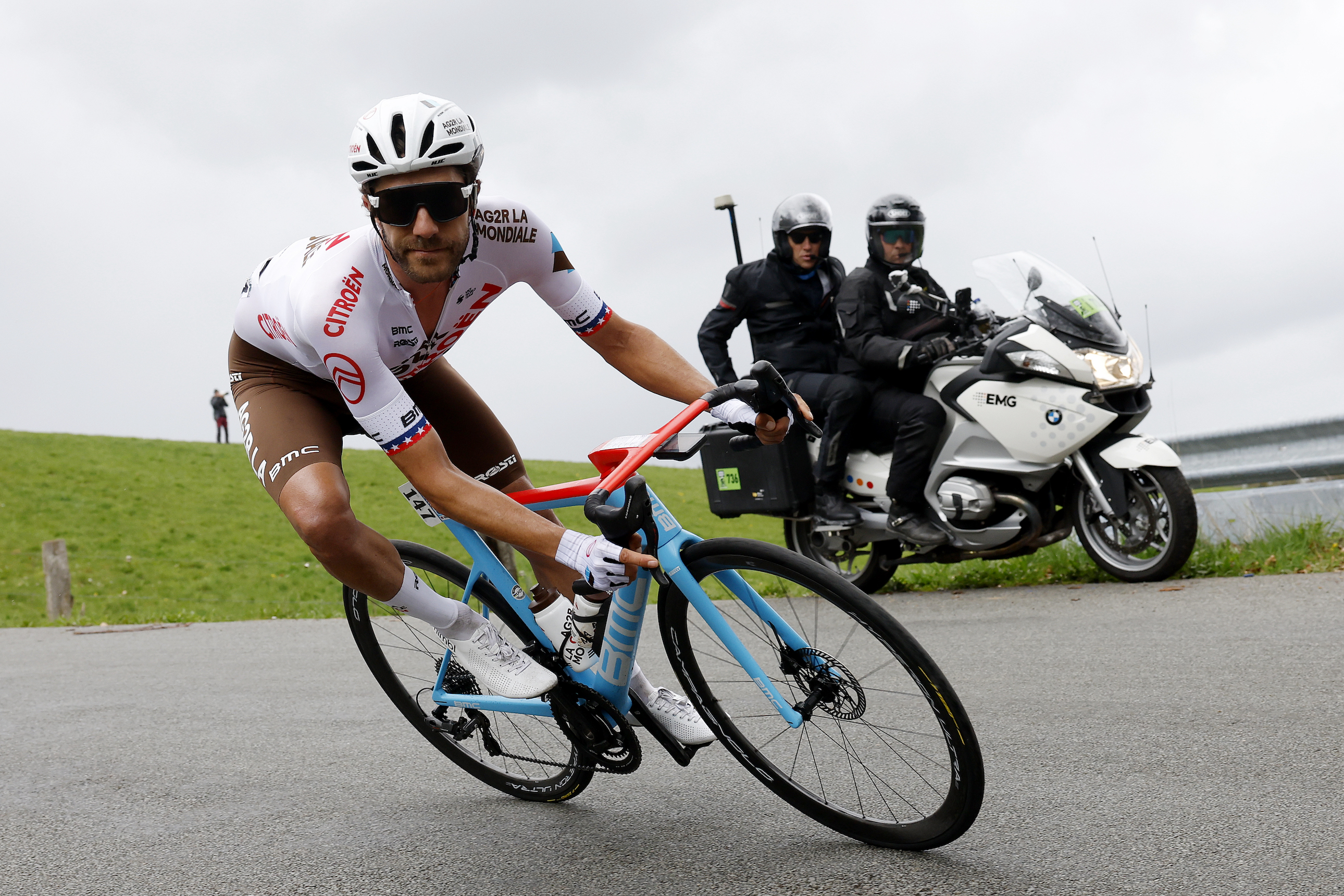 'Not long ago, we thought you didn’t need to eat much on the bike, now we are smashing nutrition': Training secrets of a breakaway specialist
'Not long ago, we thought you didn’t need to eat much on the bike, now we are smashing nutrition': Training secrets of a breakaway specialistThe hard-working American talks us through a key week of training that fell in the middle of a very busy season
By Chris Marshall-Bell
-
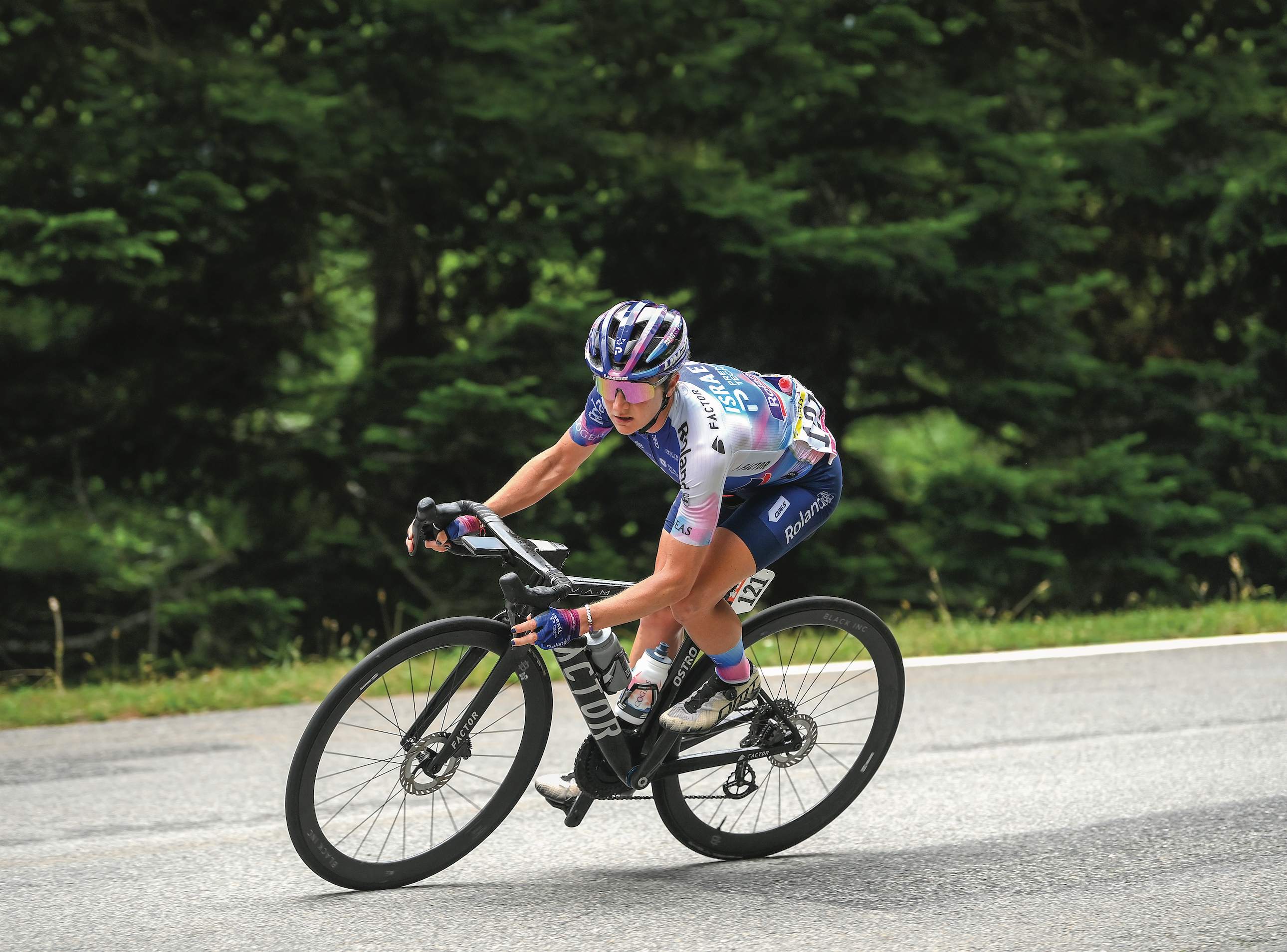 'How did it feel to turn pro at 35? Terrifying! But I was very determined': Claire Steels tells us how to get faster year after year
'How did it feel to turn pro at 35? Terrifying! But I was very determined': Claire Steels tells us how to get faster year after yearThe fitness trainer turned WorldTour pro talks us through a key week of training
By David Bradford
-
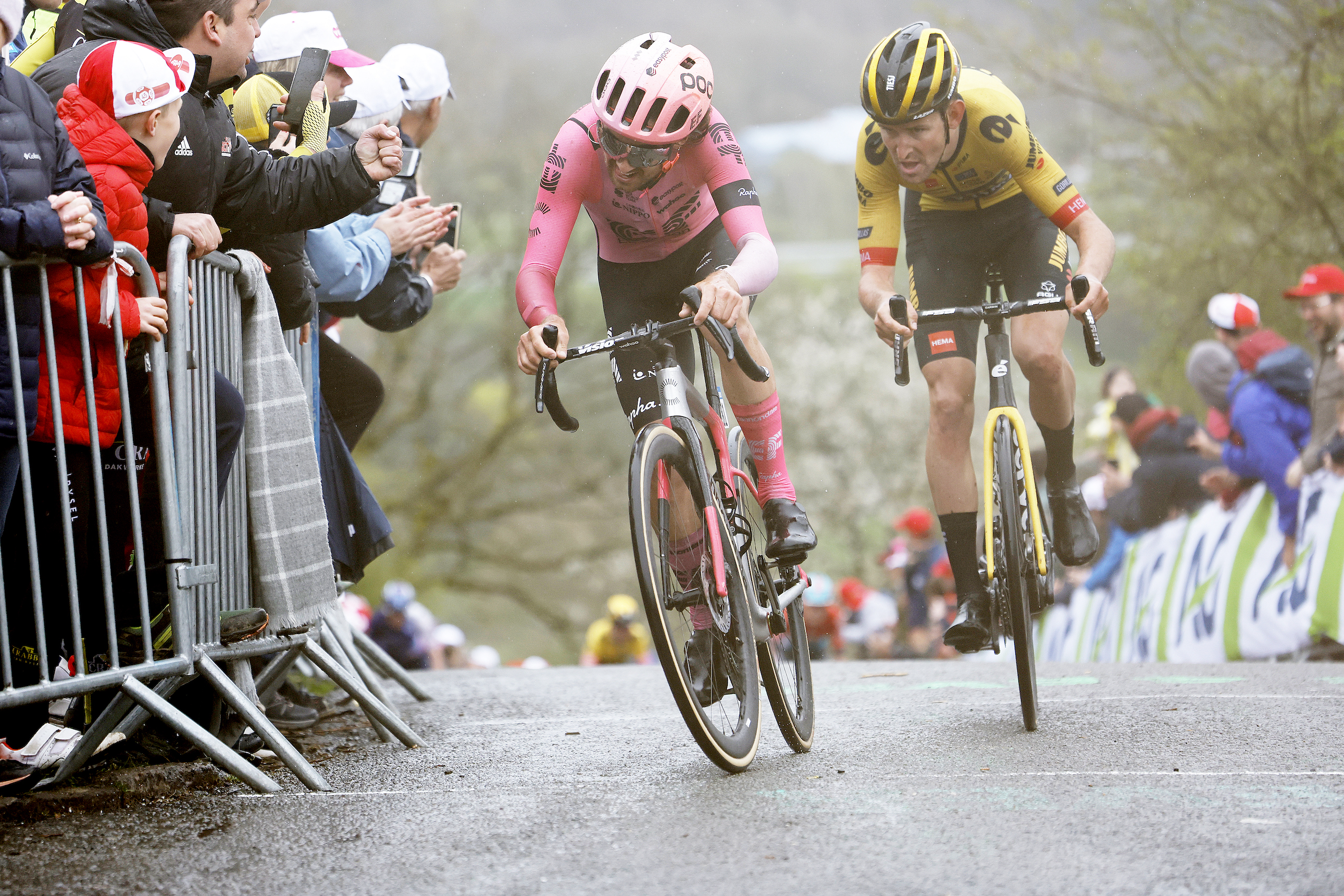 'No one had heard of me before Liège': Ben Healy on his Classics breakthrough and becoming a household name
'No one had heard of me before Liège': Ben Healy on his Classics breakthrough and becoming a household nameThe newly crowned Irish road race champion talks us through the week of training that led up to his standout performance at Liège-Bastogne-Liège
By Chris Marshall-Bell
-
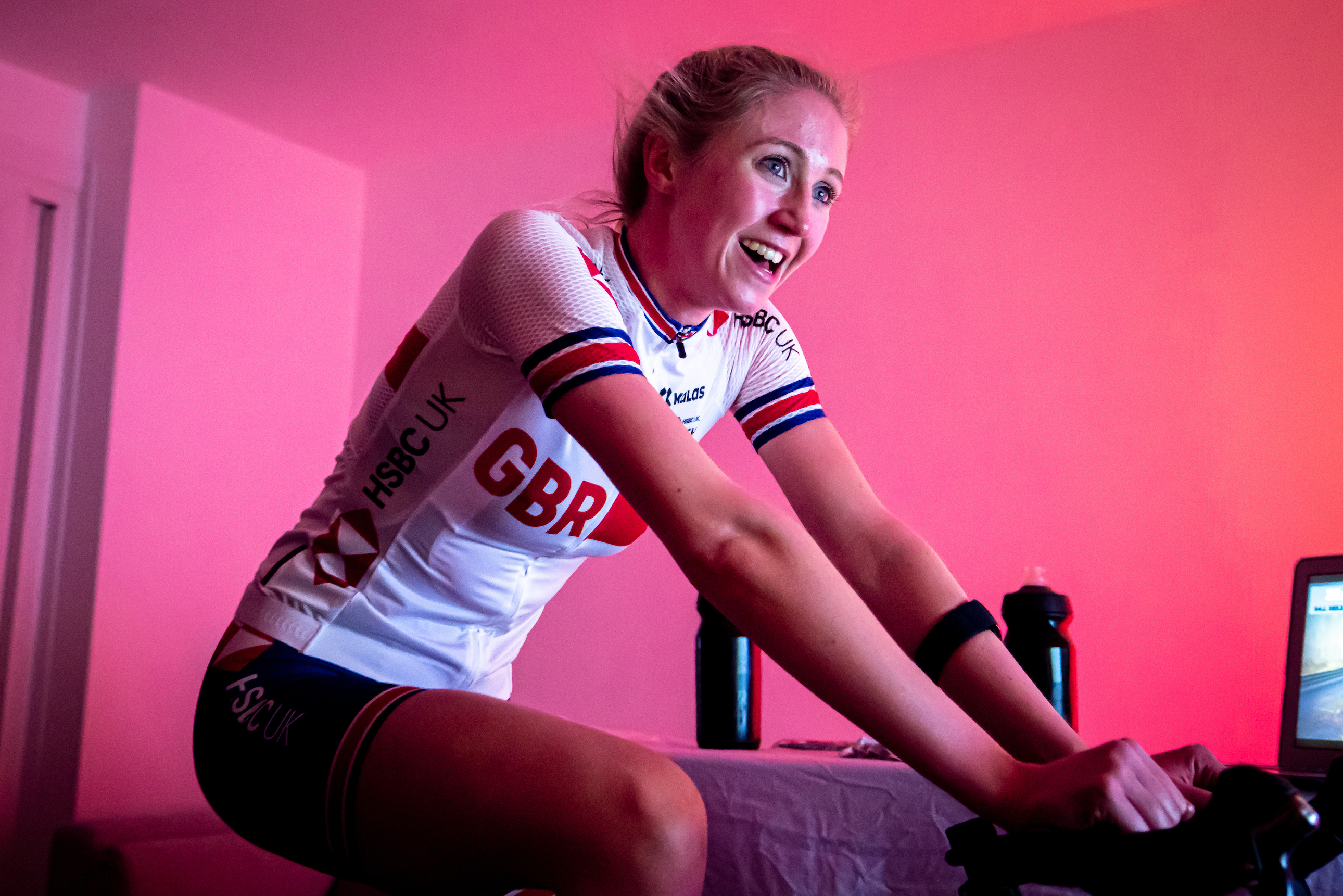 'Being a junior doctor can be really tough, but on the bike I'm a different person': How Zoë Langham trained for the eSports World Champs
'Being a junior doctor can be really tough, but on the bike I'm a different person': How Zoë Langham trained for the eSports World ChampsThe 24-year-old medic tells us how hard training is her way of letting off steam
By David Bradford
-
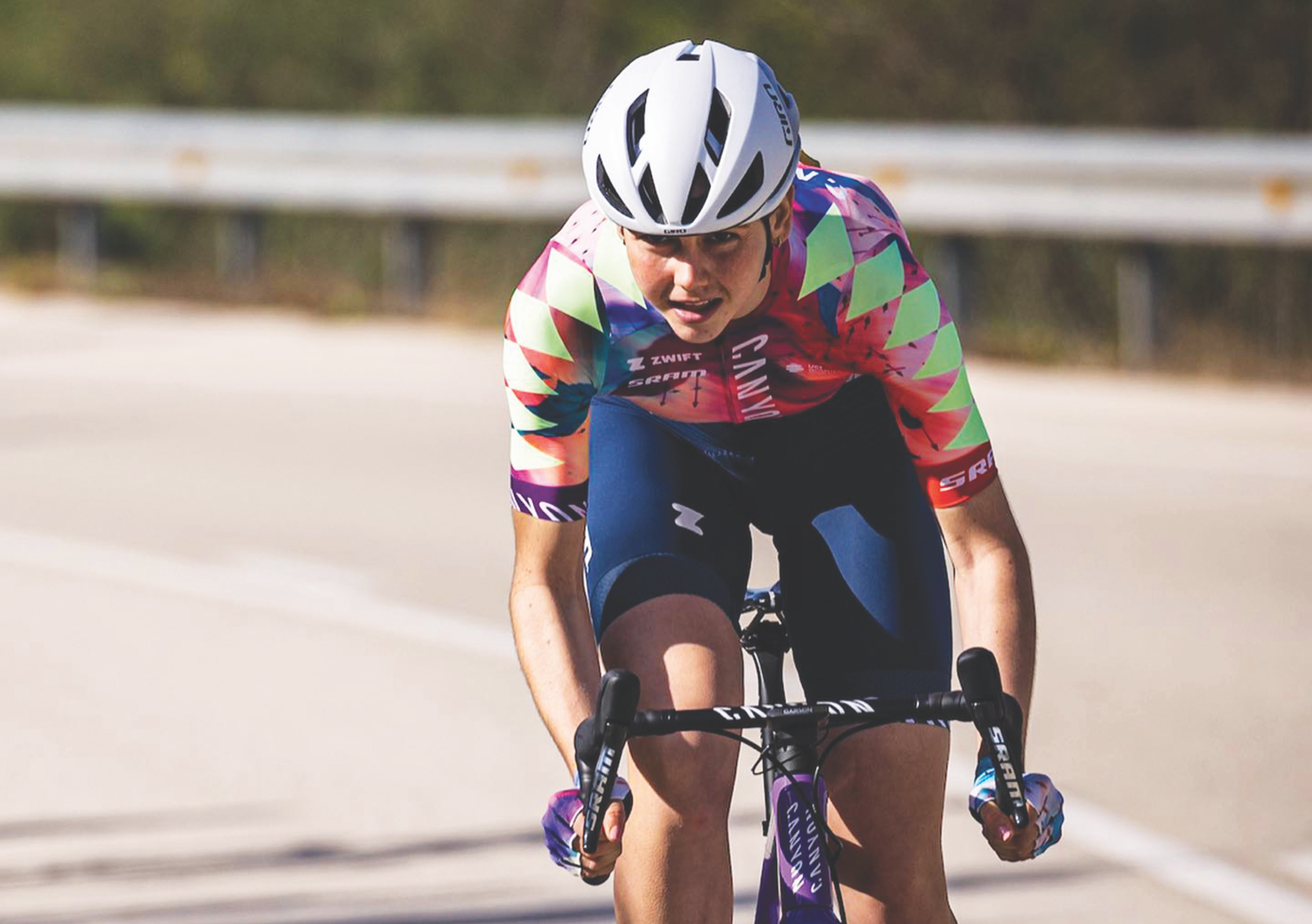 'This time last year, I was a fourth-cat': Alex Morrice on her meteoric rise from debut race to WorldTour contract
'This time last year, I was a fourth-cat': Alex Morrice on her meteoric rise from debut race to WorldTour contractThe 22-year-old gives us detailed insight into how she prepared for her successful tilt at the Zwift Academy
By David Bradford
-
 'More doubles, more sweetspot and more running': The training changes that are paying off for Anna Kay
'More doubles, more sweetspot and more running': The training changes that are paying off for Anna KayThe 23-year-old cyclo-cross specialist talks CW through a non-stop week of training and racing
By David Bradford
-
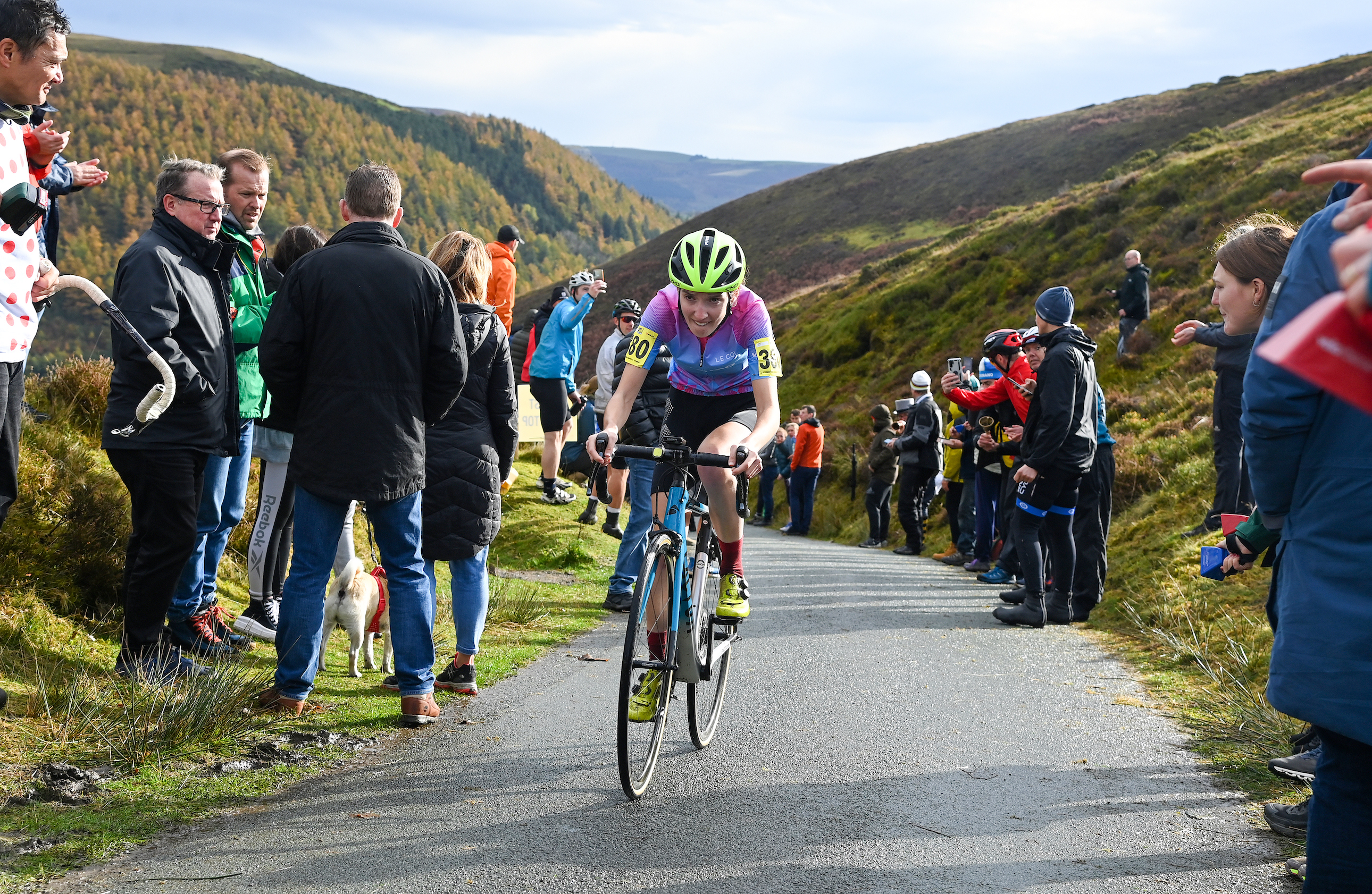 'I knew I could go faster': Hill-climb champion Illi Gardner on how she mounted her assault on the title
'I knew I could go faster': Hill-climb champion Illi Gardner on how she mounted her assault on the titleThe Everesting record-holder talks us through a busy week of training, recon and racing ahead of the national champs
By David Bradford
-
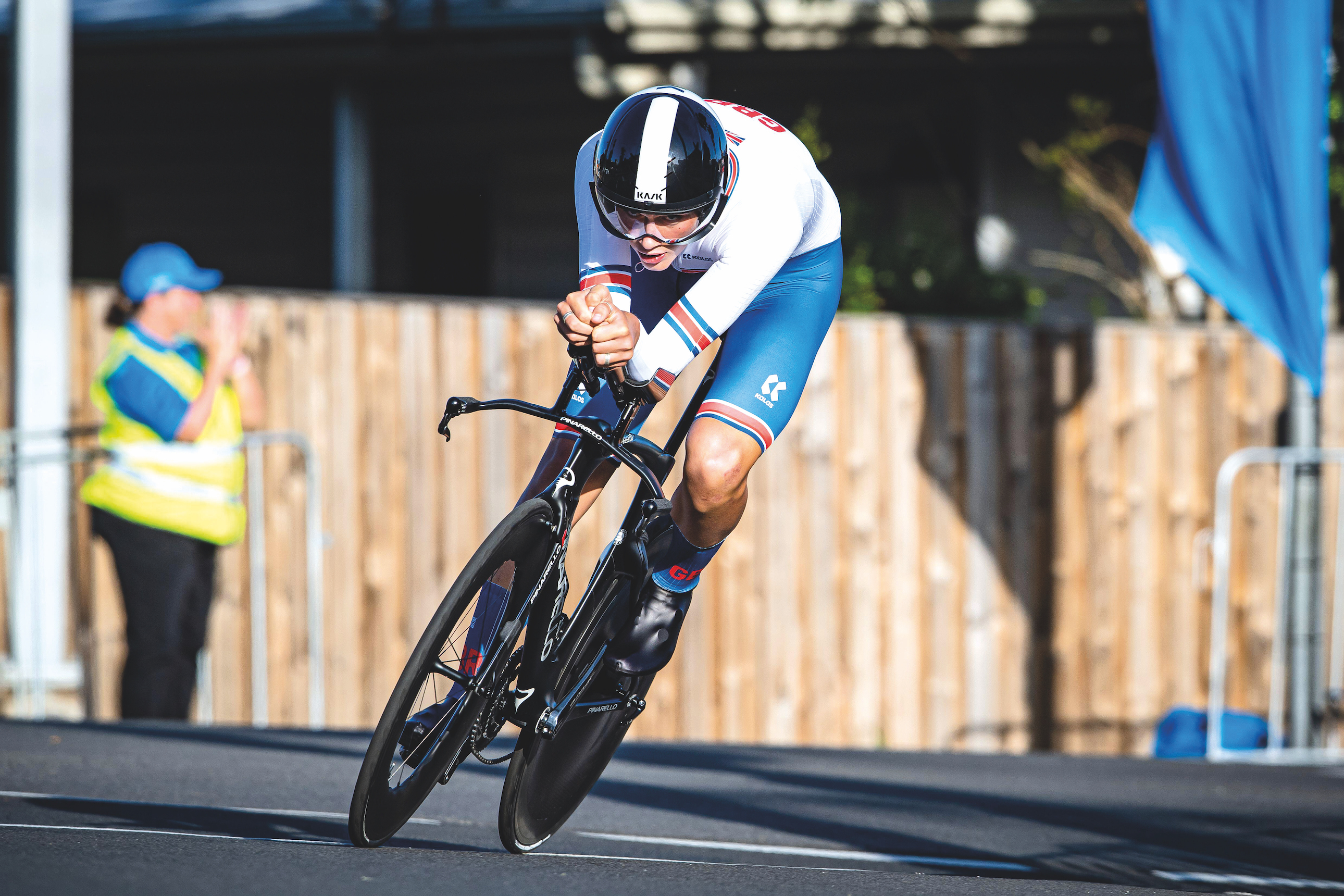 'Seven times three minutes at 500 watts': How Josh Tarling got into world-beating shape
'Seven times three minutes at 500 watts': How Josh Tarling got into world-beating shapeThe newly crowned junior TT world champion talks us through an eye-popping week of preparation
By David Bradford